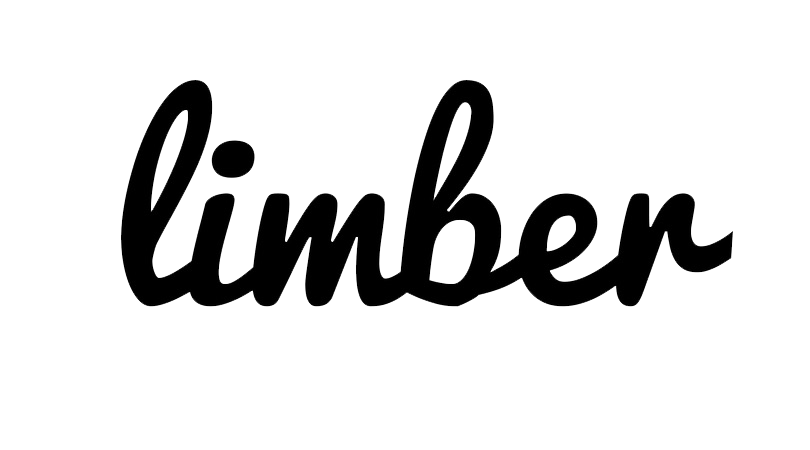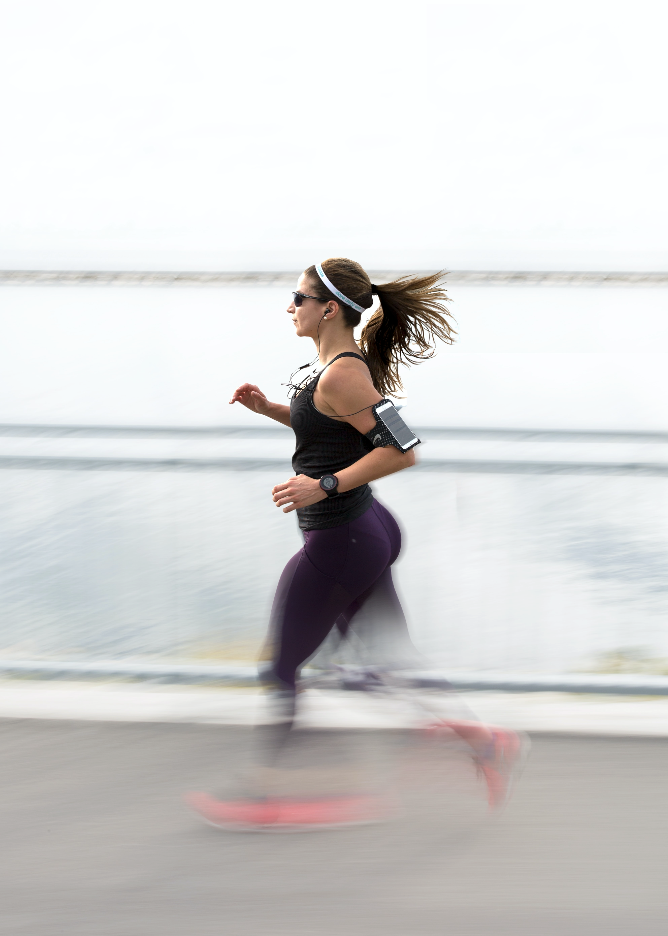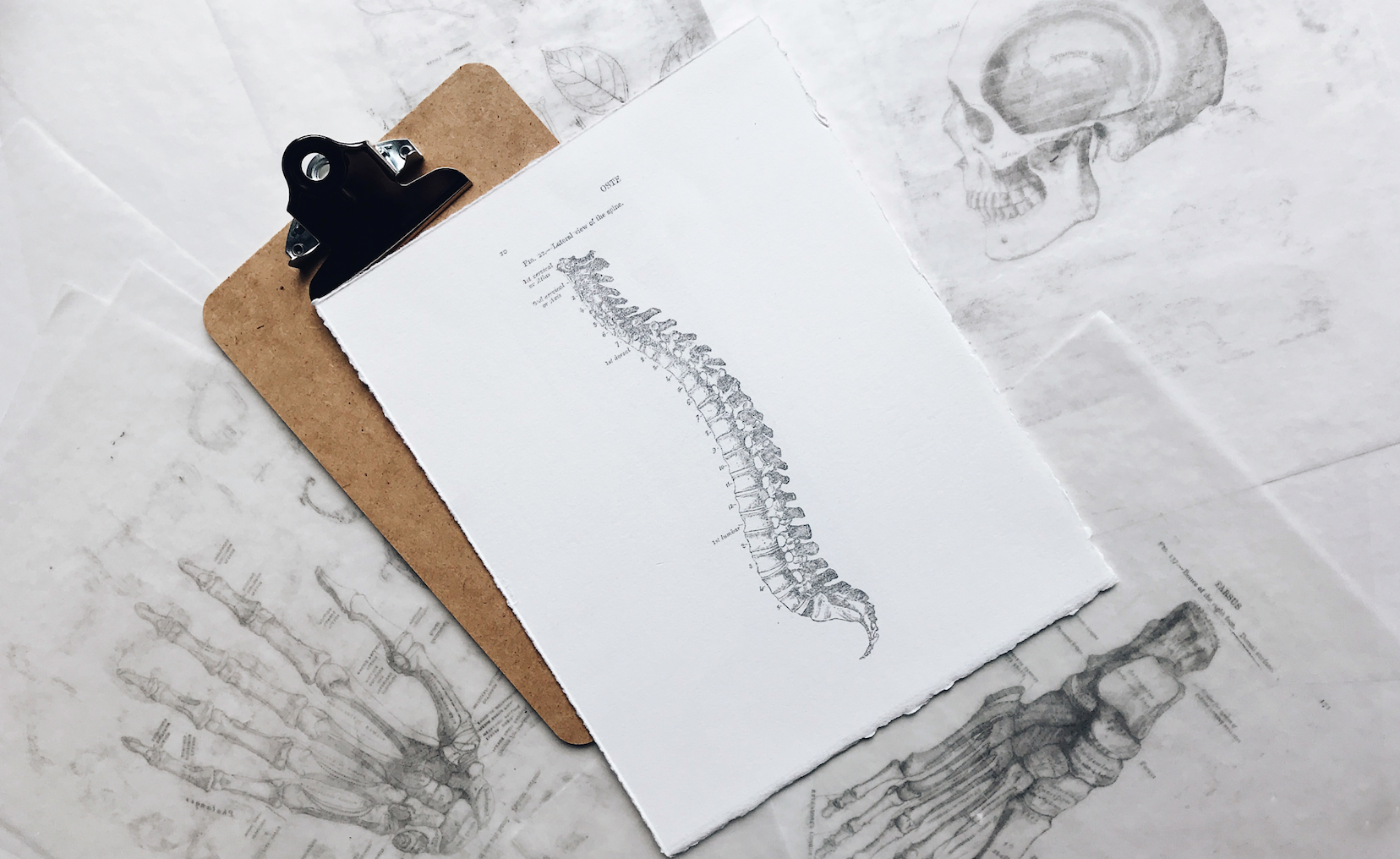Credit to the Australian Clinical Care Standards for Low Back Pain for writing this blog and sharing it with a creative commons licence. Subscribe to the Limber newsletter here for more helpful resources on low back pain, delivered monthly.
How to manage your low back pain.
Things that you can do yourself to control your pain (like staying active and mindfulness) are more likely to help than treatments that are done to you (like surgery or massage).
Here are some simple strategies that may be helpful for all people with back pain.
Stay active
The best treatment for most back pain involves staying active and carrying on with normal activities wherever possible. Avoid resting in bed for long periods of time. Avoiding long periods of bed rest will improve recovery. Regular physical activity based on your preference (150 minutes per week) is important for all aspects of your health.
Move with confidence
During an episode of back pain, the muscles in your back tense up and movements become stiff. Relaxation and movement exercises can help you learn how to relax your back and move with confidence.
Be kind to yourself / focus on your mental wellbeing
While back pain can be very painful, distressing and limiting, keeping a positive mindset can help you get better.
Set activity goals
Activity goals can be anything that makes you feel motivated and that you are comfortable with (for example, walking or swimming). Start small and gradually increase the distance, speed or number of times you do the activity.
Stay involved
Staying engaged with work, friends, leisure and social activities are important to your recovery. Try to remain at work, or get back to work or usual activities as soon as possible.
Develop healthy sleep habits
Getting enough sleep is important (more than seven hours). Avoid strong light and screens, caffeine or strenuous exercise right before sleep.
Sit and stand comfortably
There is no ideal posture for back pain, but relaxed postures, varying your posture and breaking up sitting and standing periods are all helpful.
Apply heat
If your pain is worse some days or following activity, you can use heat (such as hot water bottles, heat wraps or a hot bath) to try to keep your pain at a manageable level.
Use pain medicines carefully
The aim of taking medicines is to reduce pain to help you stay active, rather than to completely stop it. Simple over-the-counter pain medicines may help in the short-term to get you moving. Check with your doctor or pharmacist which medicine is suitable for you.
Let us know if this article has been helpful by commenting or saying hello in the chat. For more resources and information see our back pain resources centre, which includes links to find a qualified clinician near you.
-----
Article Credit
Thank you to the Australian Clinical Care Standards for Low Back Pain who created the above blog and shared it on a creative commons licence. You can view the full Clinical Care Standards here.
You can subscribe here to the Limber newsletter for more helpful resources on low back pain, delivered monthly. Or do the Limber Back Pain Quiz to see if you can tell fact from fiction, just knowing the facts can lessen the pain.
----
Sources: Adapted from O’Sullivan et al. MyBackPain and NPS Medicinewise.
Please note: Consumers should use this resource as a guide to inform discussions with their healthcare professional about how it applies to their individual condition. The Australian Commission on Safety and Quality in Health Care does not accept any legal liability for any injury, loss or damage incurred by the use of, or reliance on, this document.
----





Leave a comment
This site is protected by hCaptcha and the hCaptcha Privacy Policy and Terms of Service apply.